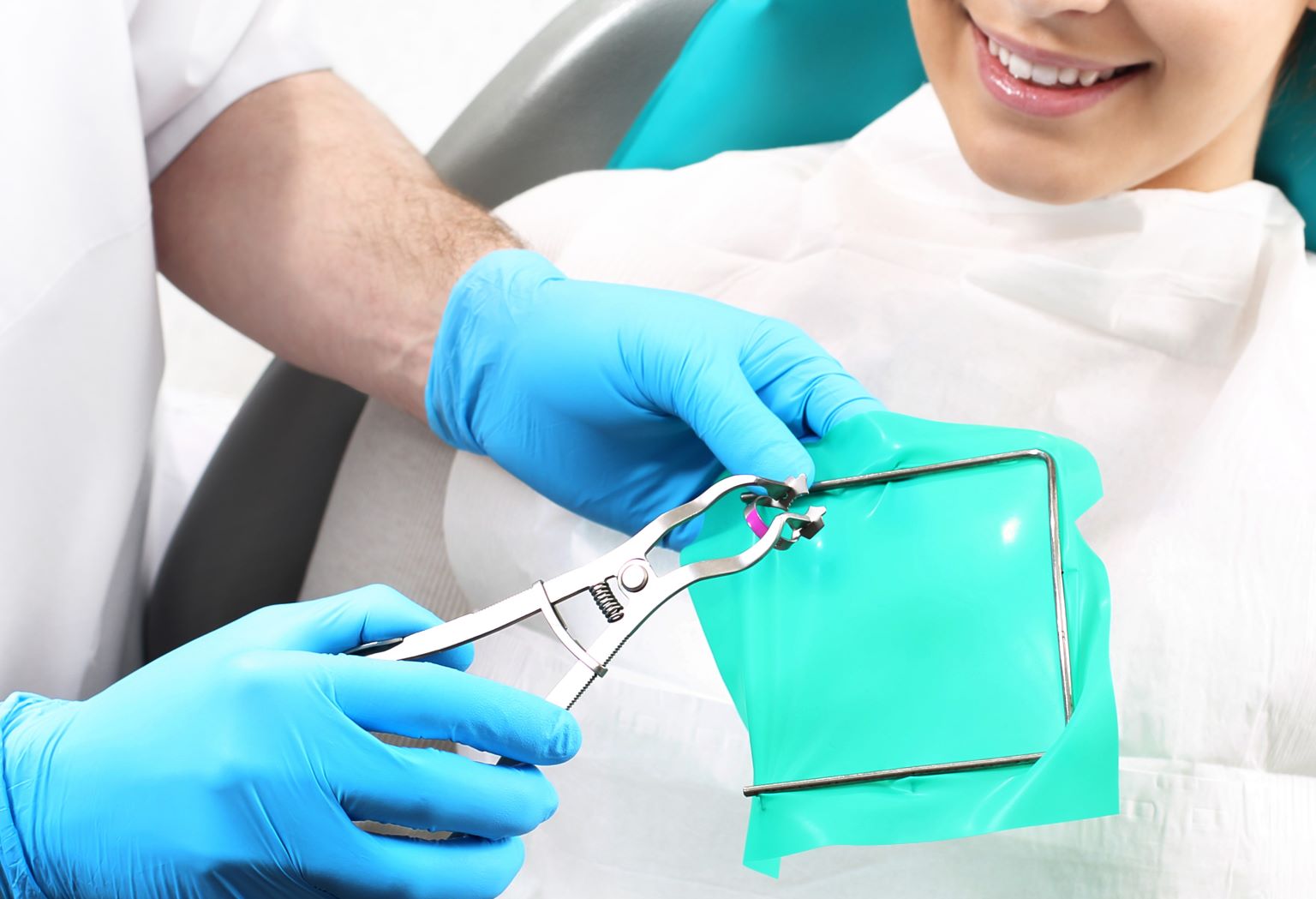Having a tooth pulled is not something anyone looks forward to. Just the opposite, we know that many people fear the extraction process out of concern over pain, sounds, implements, and sensations. Your dentists’ number one priority is to protect your oral and general health as comfortably and safely as possible. Sometimes a tooth extraction is the best way of achieving that goal.
If you’ve been injured in an accident
A dentist in Forest Lake has access to a wide variety of restorative techniques, procedures, and materials to repair damaged teeth. Some accidents — motor vehicle accidents or sporting incidents, for example — damage a tooth so badly that repair is not possible and that extraction is the only appropriate solution.
If tooth infection has spread
Tooth infections can be removed and halted without invasive procedures if identified early enough. Even advanced infection can be eliminated without requiring tooth extraction via a timely root canal. Tooth infections that are ignored for too long, will require the extraction of the infected tooth to eliminate symptoms and prevent the spread of infection.
If restoring the tooth is impractical due to cost
Dentists’ wide variety of options to restore damaged teeth are very effective, but can be expensive and time consuming. As a practical reality, those investments can sometimes be cost prohibitive. In those cases, extraction may be a more expedient alternative though you should consider the future costs of extraction, including the need to replace that tooth or suffer the ongoing implications of persistent tooth loss.
If wisdom teeth have become impacted
One of the most common scenarios for tooth extraction in Forest Lake is to prevent the negative implications of emerging wisdom teeth, or to eliminate the symptoms of disruptive wisdom teeth — including overcrowding in the jaw and other teeth being pushed out of alignment.
How teeth are extracted
Techniques for extracting a tooth vary depending on the circumstances. If the tooth to be extracted is straightly positioned in your jaw, extraction is as quick and simple as grasping and wiggling the tooth before gently but quickly pulling it from your jaw.
The removal of impacted teeth is a different story. Impacted teeth cannot simply be pulled because the tooth is not accessible from inside your mouth — either in part or even at all. Before a dentist in Forest Lake can extract an impacted tooth, the dentist will need to cut into your gums to expose the tooth to be extracted. Depending on the location and seriousness of the extraction, achieving access to the tooth may also require cutting or removing bone tissue. Once access has been achieved, the tooth will be extracted either in one piece or, if necessary, one piece at a time after breaking up that tooth.
As soon as the tooth has been removed, your dentist will clean the extraction site and use gauze to stop bleeding and encourage the development of a blood clot to protect the interior of your jaw and prevent further bleeding.
Recovering from tooth extraction
You will experience soreness and swelling for a few days after a tooth extraction in Forest Lake. Soreness and swelling that gradually diminishes is normal, natural, and nothing to be concerned about. To help ease that discomfort, you may wish to use over-the-counter ibuprofen and cold compresses for up to 15 minutes at a time.
For the first two or three days after a tooth extraction, limit your diet to soft foods. Good examples are jello, yogurt, applesauce, and smoothies. You should avoid any foods that are very cold, very hot, or that require chewing. By the third or fourth day after a tooth extraction, eating and chewing solid food should be possible and natural again.
Deciding to have a tooth extracted is not an easy decision to make, but can be the most effective and efficient remedy for some serious dental circumstances. If you’ve received a recommendation to consider tooth extraction or are concerned about your options, contact a dentist near you to ensure every question is answered as you consider what to do next.

